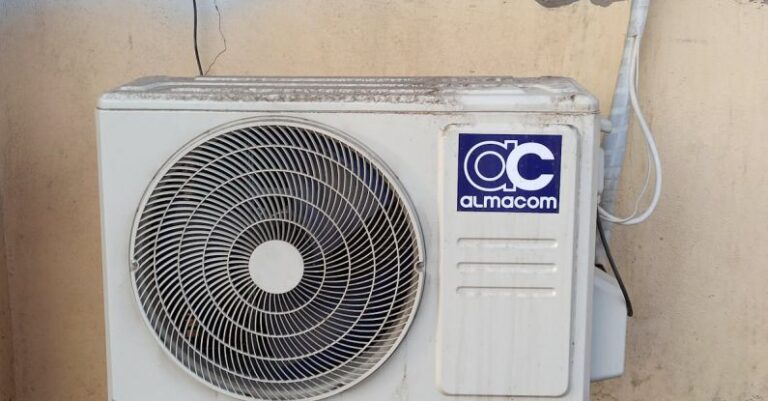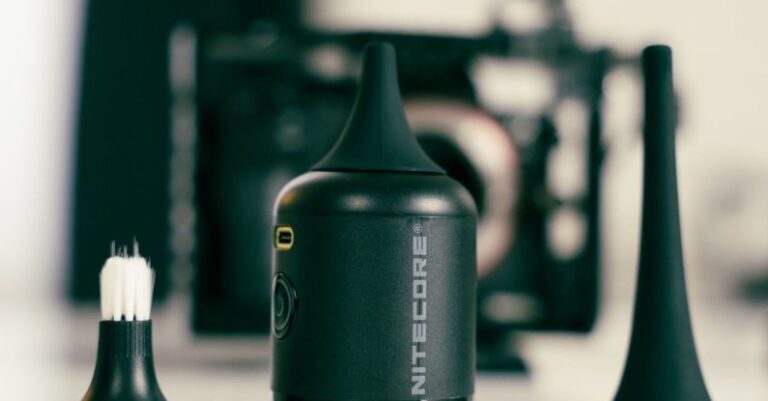
The summer heat can be unbearable, and a portable air conditioner can be a lifesaver in keeping your space cool and comfortable. However, to ensure optimal performance and efficiency, it’s essential to follow the best practices for installing a portable air conditioner.
Choosing the Right Location
Selecting the ideal location for your portable air conditioner is crucial for its effectiveness. Place the unit near a window as this allows for proper ventilation and exhaust. Avoid placing the air conditioner near any obstacles that could obstruct airflow, such as curtains, furniture, or electronic devices. Additionally, ensure that the unit is positioned on a level surface to prevent any water leakage.
Sealing the Window Gaps
To maximize the efficiency of your portable air conditioner, it’s essential to seal any gaps around the window where the exhaust hose is installed. Use foam insulation strips or weatherstripping to seal these gaps effectively. This will prevent warm air from entering the room and cool air from escaping, helping the air conditioner work more efficiently and reduce energy consumption.
Securing the Exhaust Hose
Properly securing the exhaust hose is crucial for the optimal performance of your portable air conditioner. Make sure the hose is firmly connected to both the unit and the window kit to prevent any air leaks. Avoid bending or kinking the hose as this can restrict airflow and reduce the efficiency of the unit.
Using a Window Kit
Most portable air conditioners come with a window kit that includes adjustable panels to fit various window sizes. Follow the manufacturer’s instructions to install the window kit securely. Ensure that the window is fully closed and locked onto the kit to prevent any warm air from entering the room. A properly installed window kit not only improves the air conditioner’s efficiency but also enhances the overall cooling performance.
Regular Maintenance
To ensure that your portable air conditioner continues to operate efficiently, regular maintenance is essential. Clean or replace the air filters as recommended by the manufacturer to prevent dust and debris from accumulating and obstructing airflow. Additionally, check the exhaust hose for any obstructions and remove any debris that may be blocking the airflow. Keeping the unit clean and well-maintained will not only prolong its lifespan but also ensure optimal cooling performance.
Avoid Overworking the Unit
It’s important to avoid overworking your portable air conditioner to prevent unnecessary strain on the unit. Set the temperature to a comfortable level rather than the lowest setting to reduce energy consumption. Additionally, avoid running the air conditioner continuously for extended periods. Instead, use a programmable timer to turn the unit on and off as needed, especially when you are not at home. This will not only save energy but also help prolong the life of the air conditioner.
Conclusion:
By following these best practices for installing a portable air conditioner, you can ensure that your unit operates efficiently, effectively, and reliably. Proper installation, maintenance, and usage will not only keep your space cool and comfortable during the hot summer months but also help you save on energy costs in the long run.





